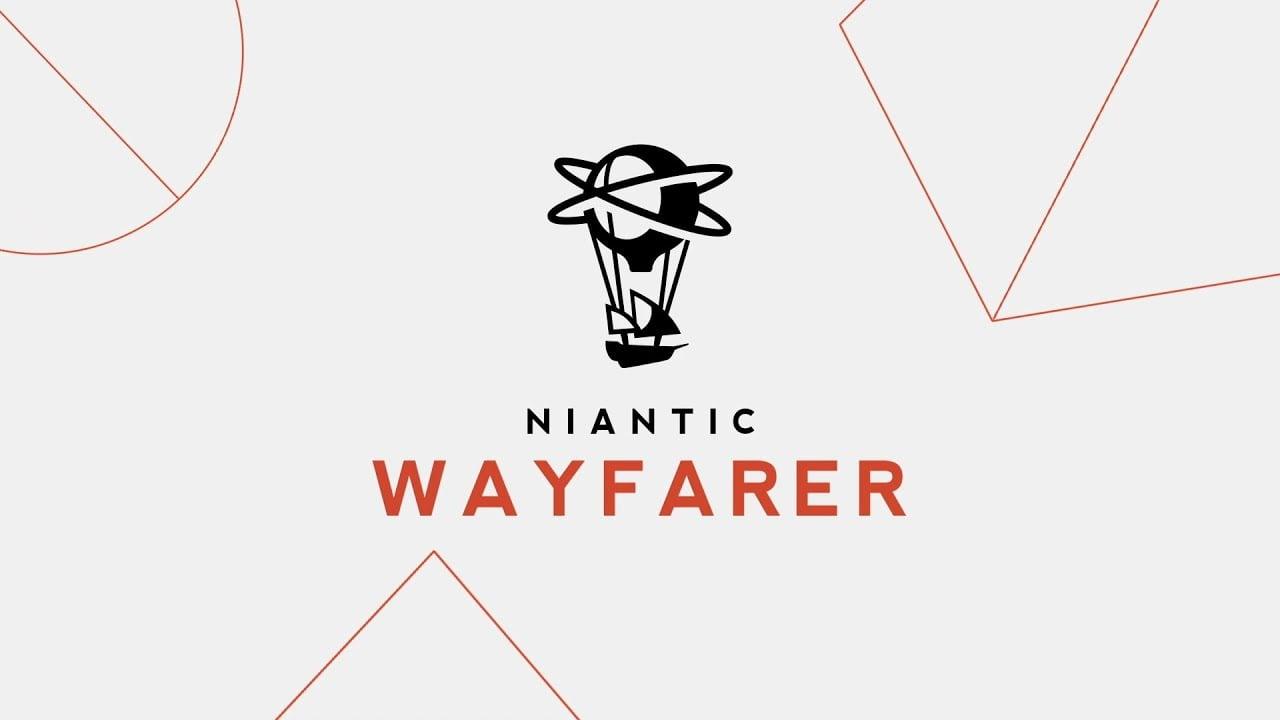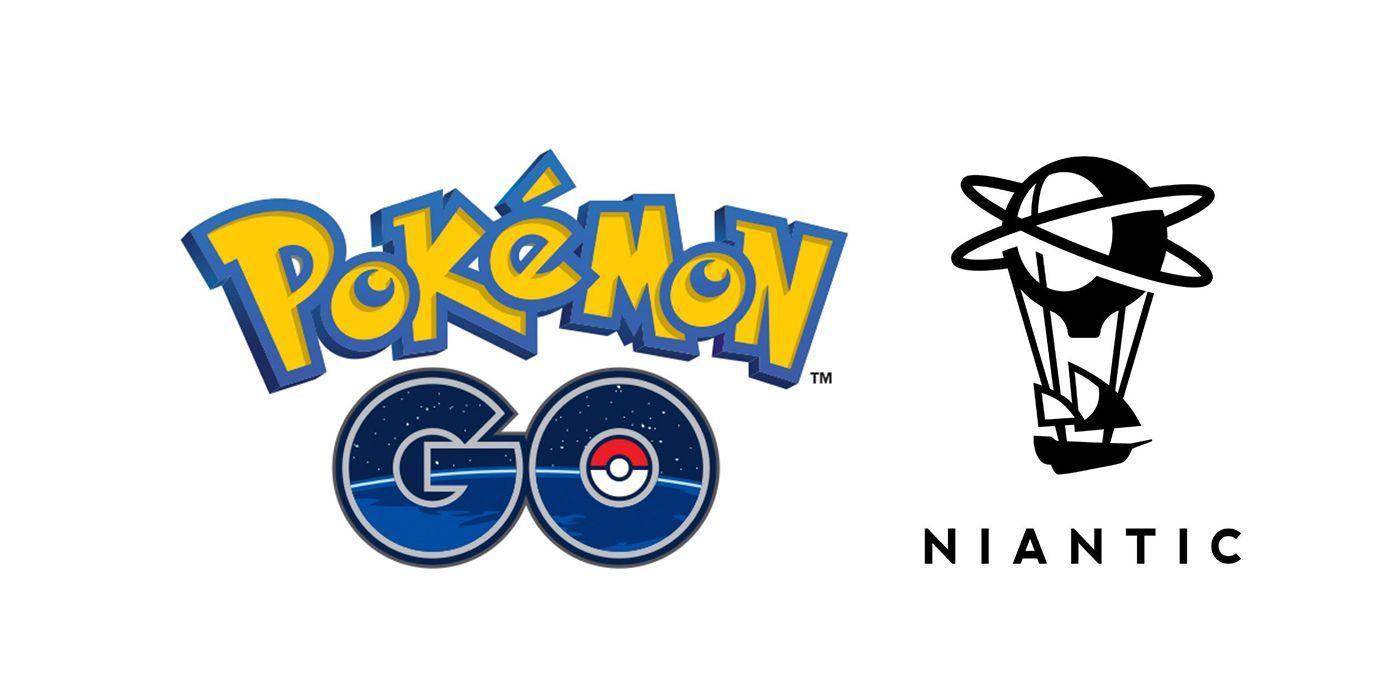Role of Pokémon Go Players in Data Collection for AI Navigation
The advent of augmented reality gaming, exemplified by Pokémon Go, has transformed players into an extensive network of data collectors. As players traverse real-world environments in search of virtual creatures, they inadvertently generate a wealth of spatial data that can significantly inform AI navigation models. This crowdsourced information aids in mapping out pedestrian pathways, identifying traffic patterns, and assessing the usability of public spaces. Niantic has leveraged this unique perspective by analyzing player movement and behavior, which contributes to a deeper understanding of urban dynamics and helps refine the algorithms that underpin navigation systems.
Moreover, the collaborative nature of the Pokémon Go community enhances the quality of the data collected. Players often share their experiences and route optimizations, creating a rich tapestry of interactions that can be analyzed for patterns. This community-driven data includes:
- Popular footpaths and shortcuts that may not be well-documented on traditional maps.
- Areas of congestion during peak hours, providing insights into high-traffic zones.
- Environmental factors, such as weather conditions and terrain types, that influence player movement.
By harnessing the collective actions of Pokémon Go players, Niantic is not only enhancing gameplay but also contributing to the future of AI navigation. This innovative application of gaming within urban planning underscores the potential of integrating technology and community engagement to create smarter, more adaptive navigation solutions.

The Technology Behind Real-World Navigation Models
Niantic’s innovative approach to enhancing real-world navigation models goes beyond traditional data collection methods by leveraging the vast network of Pokémon GO players. This location-based augmented reality game has amassed millions of users who interact with their surroundings, effectively crowd-sourcing geospatial data. As players navigate through their cities to catch Pokémon, they create a rich tapestry of user behavior that helps refine and improve navigational algorithms. By analyzing players’ movement patterns, Niantic can identify optimal pathways, popular destinations, and even obstacles that may impede travel—a treasure trove of data that allows for a more immersive and accurate navigation experience.
The technology behind these navigation models encompasses a blend of advanced artificial intelligence and machine learning techniques, which are fundamental in processing and interpreting complex datasets. Key components include:
- Behavioral Analysis: Assessing player movement to understand common routes and preferences.
- Geospatial Mapping: Creating detailed maps that reflect real-time changes in the environment based on player interactions.
- Data Synthesis: Merging data from various sources to provide comprehensive navigation solutions.
Through continuous player engagement and feedback, Niantic can refine their models, ensuring that navigation tools remain adaptive and user-friendly. This democratization of data not only enhances gameplay but also contributes to smarter city planning and infrastructure development.
Implications for Future Urban Planning and Mobility Solutions
The innovative approach taken by Niantic in utilizing players from Pokémon Go to develop a real-world AI navigation model could serve as a transformative blueprint for urban planning and mobility solutions. By harnessing crowdsourced data from a vast network of users, cities can gain insights into pedestrian behavior, traffic patterns, and popular routes, thereby allowing urban planners to design infrastructures that are not only more efficient but also more responsive to the needs of the community. This method highlights the potential of gamification in gathering data that was previously challenging to compile, offering a more engaging way to involve citizens in the urban development process.
Beyond enhancing navigation and mobility, the implications extend to improving public transportation systems and creating smart city solutions. Cities can utilize this data to:
- Identify areas needing better connectivity, allowing for strategic placement of transit stops and bike-sharing stations.
- Optimize traffic management, using real-time data to adjust signals and reduce congestion.
- Enhance walkability by evaluating foot traffic and determining the need for pedestrian-friendly infrastructure.
- Foster community engagement, encouraging residents to contribute to urban planning through interactive projects or applications.
As cities evolve, incorporating such dynamic, user-generated insights could lead to a more sustainable and interconnected urban landscape, ultimately improving the overall quality of life for residents.

Recommendations for Enhancing User Engagement and Data Accuracy
To bolster user engagement and ensure the veracity of data collected, it is crucial to implement strategies that empower and incentivize participants. By introducing interactive features, such as real-time challenges and community competitions, Niantic can create an immersive experience that encourages players to contribute more actively to the navigation model. Regular updates highlighting player achievements or the impact of user-generated data can foster a sense of community ownership, motivating players to remain engaged while enhancing accuracy in the mapping process.
Moreover, integrating gamification elements serves as another powerful tool. By rewarding users with exclusive in-game items or recognition for their contributions, players are likely to feel a deeper connection to the system. Transparency about how user data improves navigation accuracy will also build trust and encourage ongoing participation. Offering players insights into how their actions lead to tangible advancements in real-world navigation can enhance their overall experience, creating a cycle of engagement that continuously improves the model’s effectiveness.

